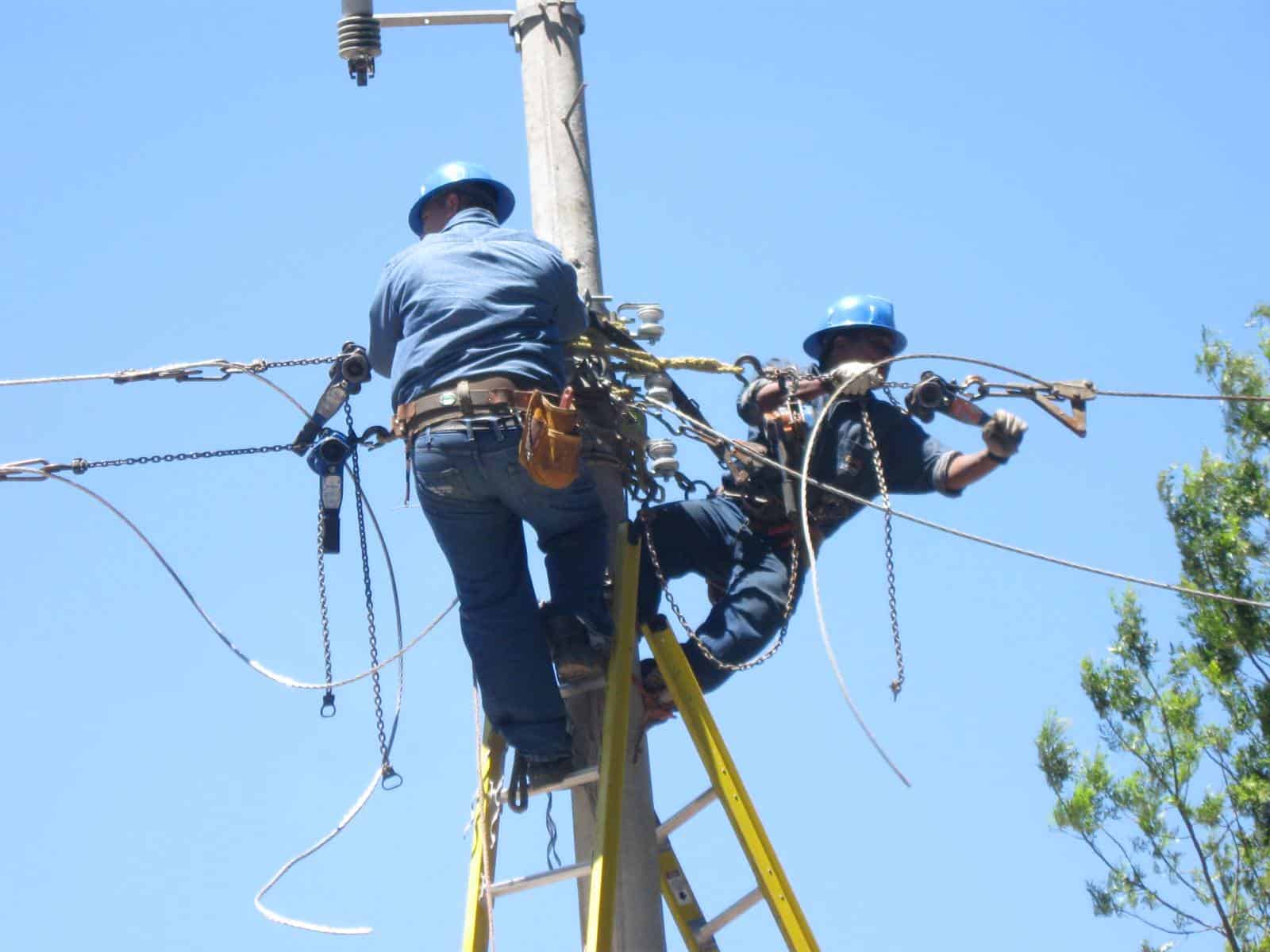In the ongoing process to provide all electricity consumers in Costa Rica the ability to generate energy from small-scale renewable sources and exchange it on the national grid for kilowatt credits, the Public Services Regulatory Authority (ARESEP) on Oct. 2 approved a methodology proposal for how to calculate rates at which those credits will be issued.
Defining that methodology is a complex – yet crucial – step required of the regulatory agency for a nationwide, small-scale distributed generation system to get up and running.
An April ARESEP directive, known by its Spanish acronym POASEN, set an Oct. 8 deadline – which expires today – for the country’s distributors to establish a system for net metering and grid interconnectivity.
Many of those distributors with whom The Tico Times recently spoke mentioned the need for ARESEP to finish defining price methodology before they could move forward.
According to ARESEP spokeswoman Carolina Mora, the proposal approved by ARESEP’s board of directors now must be evaluated in a public forum.
No date for that public hearing has been announced yet, but once one is set, ARESEP will publish details in local newspapers and in the official government newspaper La Gaceta.
Consumer-based distributed generation for personal consumption from wind, solar, biomass and other renewable sources allows consumers to tap into an electricity distributor’s network and use it as a type of “virtual battery.” Electricity is exported to the grid during peak production hours and exchanged for kilowatt credits. Consumers then can use those credits to extract electricity from the grid in low-production hours, such as at night.
Distributors include the Costa Rican Electricity Institute (ICE), the National Power and Light Company (CNFL), the Junta Administrativa del Servicios Eléctrico de Cartago (JASEC), the Empresa de Servicios Públicos de Heredia (ESPH), the Cooperativa de Electrificación Rural de Guanacaste (Coopeguanacaste), Cooperativa de Electrificación Rural de San Carlos (Coopelesca), Cooperativa de Electrificación de Los Santos (Coopesantos) and Cooperativa de Electrificación de Alfaro Ruiz (Coopealfaro Ruiz).
Recommended: Delays, excuses and gripes mark approaching deadline for distributed electricity generation in Costa Rica
ICE already offers net metering to many consumers through an ongoing pilot program. Other distributors have set target dates for December to begin offering customers kilowatt credit and grid interconnection service.
According to Mora, an ad hoc commission created by ARESEP defined the methodology. The document that describes the agreement, “Acuerdo 06-56-2014,” a copy of which was obtained by The Tico Times, states that “structured information is not available to serve as a basis for calculating a price that responds to the activity’s cost structure.” (Download the document here.)
In lieu of that technical information, ARESEP proposed to “set the price based on the prudent average annual cost of purchasing energy and power that distribution companies buy from generating companies, and the prudent average annual cost of its generation.”
It is a complicated and technical mathematical equation, and there is little in the document to describe in layman’s terms how the tariff will be calculated.
Following public discussion, the ad hoc commission must analyze any opposition to the methodology, and then elaborate a final proposal.
For years, some of Costa Rica’s electricity distributors dragged their feet on small-scale, consumer-generated distributed energy projects, adopting a “wait-and-see” approach while ICE developed its pilot program.
The requirements distributors must meet by today’s deadline include: technical requisites with which distributors must comply for interconnection, operational guarantees for systems, a definition of the procedure for installation and service, and the creation of a contract that will regulate service between consumers and distributors.
Following is a list of distributors and their estimated dates for grid interconnection service:
Junta Administrativa del Servicios Eléctrico de Cartago (JASEC): Dec. 6, 2014
Empresa de Servicios Públicos de Heredia (ESPH): Dec. 31, 2014
Costa Rican Electricity Institute (ICE): Dec. 31, 2014
Cooperativa de Electrificación Rural de Guanacaste (Coopeguanacaste): Dec. 31, 2014
Cooperativa de Electrificación Rural de San Carlos (Coopelesca): Dec. 31, 2014
Cooperativa de Electrificación de Los Santos (Coopesantos): Dec. 31, 2014
Compañía Nacional de Fuerza y Luz (CNFL): March 18, 2015
Cooperativa de Electrificación de Alfaro Ruiz (Coopealfaro Ruiz): Pending






